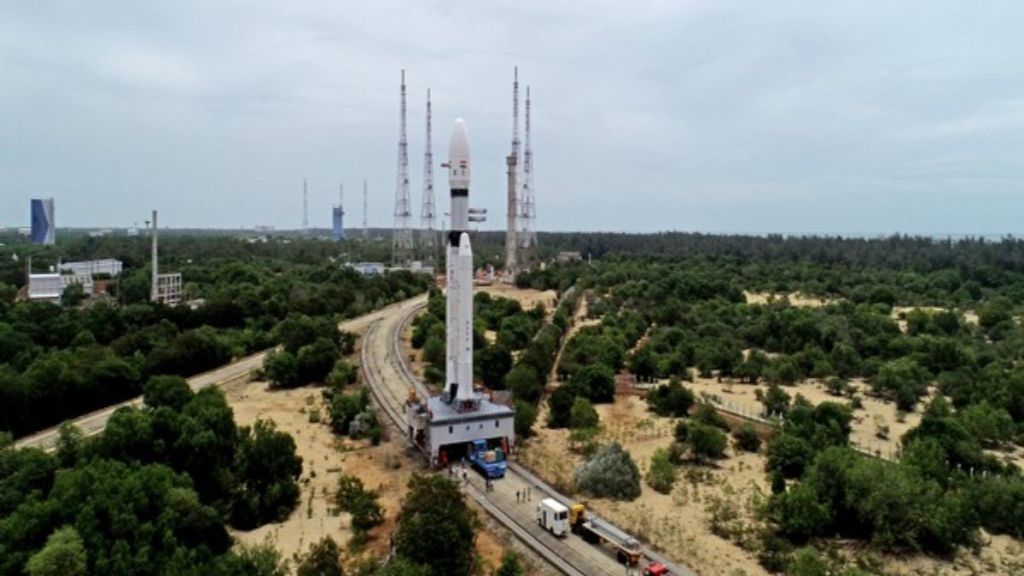The Indian Space Research Organisation (ISRO) is gearing up to make another attempt to land on the moon with the launch of Chandrayaan-3 on Friday (July 14).
This mission will be a follow-up mission to Chandrayaan-1 and Chandrayaan-2. Earlier in 2019, Chandrayaan-2 crash-landed on the Moon in September due to a software glitch.
India’s third lunar mission aims at the successful landing of the lander on the moon’s surface. The mission which is built at a cost of over Rs 615 crore aims at Rover roving on the Moon and doing in-situ scientific experiments on the Moon’s surface.
Also Read
All You Need To Know About ISRO’s Chandrayaan-3
- Chandrayaan-3 is set for lift-off at 2:35 pm on Friday. If everything goes well, it will land on the moon’s surface on August 23.
- The launch date and time have been decided by the national space agency keeping in mind the timing of sunrise on the moon and it will depend on the calculations.
- This mission will make India the fourth country to land its Spacecraft on the surface of the Moon.
- Chandrayaan-3 spacecraft successfully completed the essential tests needed to validate its capabilities in March.
- Notably, Chandrayaan-3 is the follow-up mission to Chandrayaan-2, which was launched on July 22, 2019. Chandrayaan-2 took 48 days to reach the moon’s surface, but the mission failed after the Vikram lunar lander crashed on the Moon’s surface in September.
- The Vikram lander in Chandrayaan- now has additional solar panels on other surfaces to ensure that it generates power no matter how it lands.
Also Read
- The rover will conduct experiments on the Moon for a period of 14 Earth days. Notably, one day on the Moon is equal to 14 days on Earth.
- Unlike the partially successful Chandrayaan-2, which was India’s second lunar mission in 2019, there is no orbiter element this time.
- Instead of a success-based design in Chandrayaan-2, the space agency opted for a failure-based design in Chandrayaan-3, focused on what all can fail and how to protect it and ensure a successful landing.
- The latest spacecraft will also have more fuel in order to enhance its capability to travel or handle dispersion or move to an alternate landing site.
- The rover has six wheels and multiple cameras which will help the national space agency in getting images of the surface.
- Instead of five motors, the new lander will now have four motors and certain software adjustments have also been made.
- The inclusion of Spectro-polarimetry of Habitable Planet Earth (SHAPE) payload is the major addition to Chandrayaan-3.
(With agency inputs)


